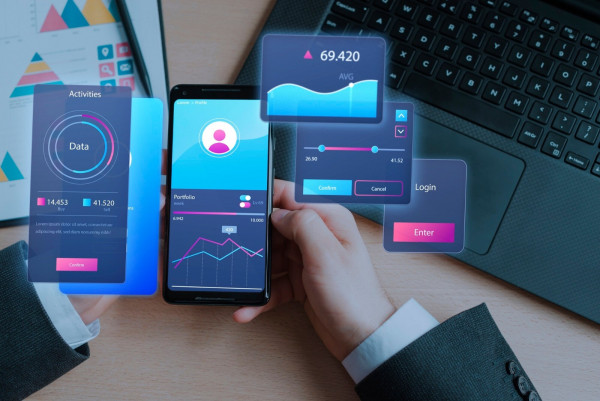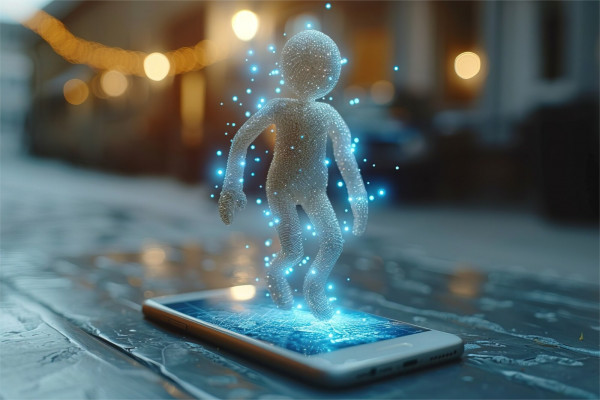Role of Big Data in Personalized Education
“Big Data” refers to an enormous volume of structured and unstructured data that different types of organizations can analyze to develop strategies and make informed decisions. With education transitioning from classroom mode and taking a digital route, it’s obvious that educators and publishers will be getting access to an ocean of student data, which will substantially impact the learning industry.
As a way to improve education, more and more schools and colleges are giving students and children the chance to learn online. According to a report, 6.3 million students in the U.S. have recently opted for at least one online course. Deploying data-driven education and personalized learning can result in the highest possible quality of learning for all types of students, regardless of their IQ levels. It also lets teachers give each student exactly what they need on an individual level. Let’s discuss how big data helps deliver personalized education, which has the potential to create the brightest minds of the future.
How Big Data helps in Enabling Personalized Education?
Big Data Supports Personalized Education
- Insight on the learner’s needs: Since big data heavily depends on patterns, it can effectively churn out the requirements of a learner. By looking at learner data, teachers can get good ideas about where students might need help and see patterns in learner behavior that were not possible before. Big Data is also useful for finding new patterns that can lead to a new way of learning, figuring out what learners need, getting feedback from learners, and building the next generation of a product, business, or service model.
Big data service providers like MagicBox not only collect a huge amount of information based on how each student acts, but they also use this information to make learning more personalized. Using data analytics, it can also make predictions that teachers can use to help students solve problems while they are learning. Through big data, educators can eliminate weaknesses and boost students’ strengths. - Fine-tune the learner experience lifecycle: Big Data reveals the real-time cause and effect of a teacher’s actions and a student’s responses, enabling schools and colleges to monitor student behaviors and solve their queries faster so they can feel more motivated to learn. This helps even more to fine-tune the learner experience lifecycle based on preferences, personalization, targeted interactions, and getting a 360-degree view of the student’s progress. This ultimately improves students’ loyalty, as they will follow the 3 “Is”:: interaction, insight, and improvement.
- Informed decision-making via learner-centered pedagogy: Tutors can utilize the strength of big data to drive business decisions that improve efficiency and build transparency in their activities. Through Big Data analytics, the decision-making quality is also enhanced as organizations are needed to adopt new & effective methods to generate the most meaningful insights from data that create value
- Microlearning content gathering the steam: A picture is always catchier than a thousand words, but when it comes to education, information is the critical component. For the chapters to be interesting, seamless, and personalized, they must be data-driven and also done through a modular approach. The trend of micro-content is gaining a lot of steam as individuals shift towards using bite-sized data like tweets, memes, micro-videos, and pins. For education, content is now more optimized and suitable for shorter durations. Focused on students, this microlearning-content approach is not only making the lessons smaller but also adding flexibility. For example, the YouTube channel of the Columbia School of Business reveals a concrete picture of a learning community. It posts short but crisp videos on complex and intriguing business topics. It is done by featuring the teaching faculty and students in the videos as they speak about their works.
Conclusion
Big data is set to be a game-changer in personalized education for the future. Data analytics can be utilized to design innovative digital tools to revolutionize learning. Big data companies give publishing companies, school administrators, and teachers a huge amount of analytics. Instead of following a set, rigid curriculum, schools can use a teaching method that is based on data. Big data will also be important for administrators and schools to make models for how many teachers they need. Overall, we can say that big data will undoubtedly enable personalized education.



